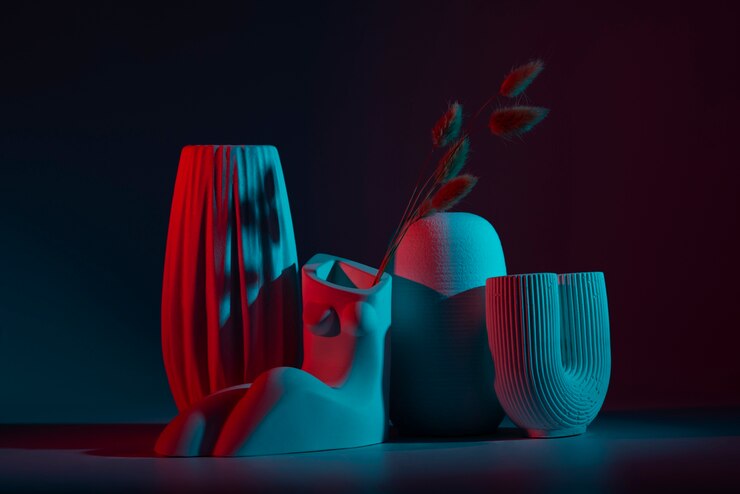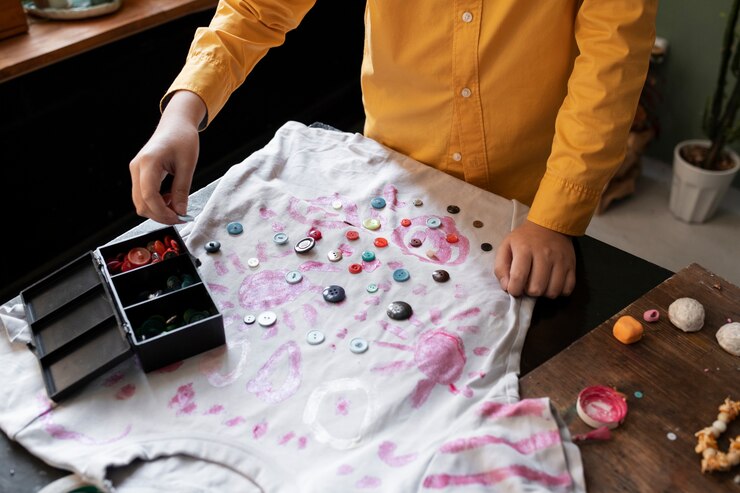Minimalism in design is more than just a trend—it’s a philosophy that champions simplicity, functionality, and the beauty of less. In a world overwhelmed by visual noise, minimalism offers a refreshing alternative: clean lines, open spaces, and a focus on the essentials. Whether in graphic design, architecture, web design, or product design, minimalism encourages designers to strip away the superfluous and let the core message shine through.
The Origins and Evolution of Minimalism
Minimalism has roots that stretch back to various artistic and cultural movements. In the early 20th century, movements like the Bauhaus in Germany and De Stijl in the Netherlands advocated for design that emphasized functionality, simplicity, and geometric precision. Similarly, traditional Japanese design principles—centered around wabi-sabi, the appreciation of imperfection and emptiness—have long celebrated minimalism.
As modern technology and globalization expanded our visual landscape, the minimalist approach found renewed relevance. In today’s digital age, where consumers are bombarded with information from every direction, minimalism in design serves as a calming counterbalance, creating spaces that promote focus and clarity.
Core Principles of Minimalist Design
At its heart, minimalist design is about achieving more with less. Here are some of its foundational principles:
1. Simplicity and Clarity
The essence of minimalism is stripping away the unnecessary to reveal the essential. By eliminating clutter, designers ensure that every element serves a clear purpose. This approach not only makes designs more aesthetically pleasing but also improves user experience by reducing distractions.
2. Emphasis on Negative Space
Negative space—also known as white space—is a critical component of minimalist design. It’s not merely empty space; it’s an active design element that enhances readability and directs attention to key components. Proper use of negative space can create a sense of balance and elegance, making the overall composition feel more open and inviting.
3. Limited Color Palette
Minimalist design typically relies on a restrained color palette. Neutral tones such as whites, grays, and blacks are common, occasionally accented by one or two bold colors to create visual interest. This limited palette helps maintain a clean and cohesive look, allowing the design’s structure and content to take center stage.
4. Focus on Functionality
Every element in a minimalist design should have a purpose. This focus on functionality means that aesthetic choices are made with usability in mind. Whether it’s the layout of a website or the ergonomics of a piece of furniture, minimalism prioritizes efficiency and practicality.
5. Quality Over Quantity
In minimalist design, less is more. The emphasis is on high-quality materials, precise craftsmanship, and thoughtful details rather than an abundance of elements. This philosophy not only enhances the visual appeal but also contributes to a more sustainable design approach by reducing waste.
Applications of Minimalism Across Disciplines
Minimalism’s principles can be applied to a wide range of design fields, each benefiting from its clean and focused approach.
Graphic and Web Design
In graphic and web design, minimalism leads to user-friendly interfaces and visually engaging layouts. Websites that adopt minimalist design often load faster, are easier to navigate, and provide a more intuitive user experience. Clean typography, ample white space, and strategic use of imagery help convey the brand’s message without overwhelming the visitor.
Interior Design
Minimalist interior design creates spaces that feel calm, organized, and clutter-free. By focusing on functional furniture, neutral color schemes, and simple decor, minimalist interiors offer a serene environment that promotes relaxation and productivity. This approach not only maximizes space but also emphasizes natural light and architectural details.
Product Design
In product design, minimalism is about creating objects that are both beautiful and functional. Whether it’s a sleek piece of technology or an elegantly designed piece of furniture, minimalist products often feature clean lines, intuitive interfaces, and durable materials. This design philosophy ensures that the product’s form follows its function, leading to a more satisfying user experience.
Fashion and Branding
Minimalist design has also found a strong foothold in fashion and branding. Brands that adopt minimalist aesthetics communicate sophistication, modernity, and timelessness. In fashion, simple silhouettes, neutral colors, and high-quality fabrics create a look that is both understated and powerful.
The Benefits of Embracing Minimalism
The minimalist approach offers numerous advantages beyond mere aesthetics:
- Enhanced Focus: By eliminating distractions, minimalist design directs the viewer’s attention to what truly matters.
- Improved Usability: In user interfaces and product design, a clean layout makes it easier for users to navigate and interact with the design.
- Timeless Appeal: Minimalist designs often have a timeless quality that transcends fleeting trends, ensuring longevity and enduring relevance.
- Sustainability: With fewer materials and a focus on quality, minimalism can contribute to more sustainable and eco-friendly design practices.
- Calming Influence: In a world of constant stimulation, minimalist spaces and designs provide a sense of calm and clarity, fostering a more mindful environment.
Challenges and Considerations
While minimalism offers many benefits, it’s not without its challenges. Striking the right balance between simplicity and functionality can be tricky. Over-simplification may result in a design that feels cold or incomplete, while excessive minimalism can sometimes limit creative expression. The key is to maintain a thoughtful balance that meets both aesthetic and practical needs.
Conclusion
Minimalism in design is a powerful approach that celebrates the beauty of simplicity. By focusing on the essentials—clarity, functionality, and quality—minimalist design creates spaces and products that are both visually appealing and deeply effective. Whether applied to digital interfaces, physical spaces, or everyday objects, minimalism offers a pathway to clarity in a cluttered world. Embracing this philosophy not only enhances aesthetic appeal but also promotes a more thoughtful, sustainable way of living and creating.



